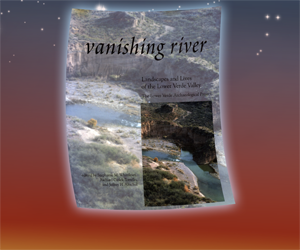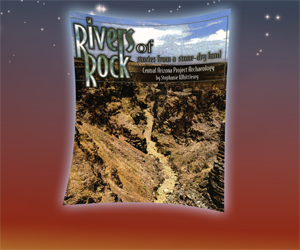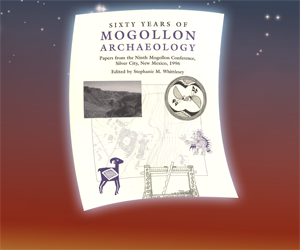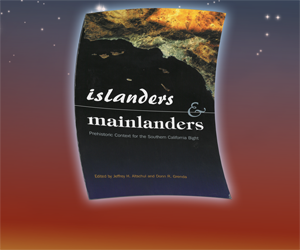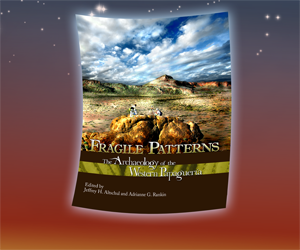An Examination of the Relationship between Data Recording Strategies and Intrasite Spatial Analysis: San Xavier Archaeological Project
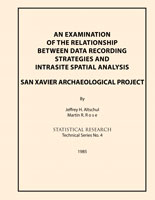
By Jeffrey H. Altschul and Martin R. Rose
Technical Series 4
112 pp. / 1985
During the course of the San Xavier Archaeological Project over 18 square miles in the southern Tucson Basin were intensively surveyed. This work resulted in the recording of 150 sites, of which 147 contained components dated to either the prehistoric or protohistoric periods. In a previous study (Altschul and Rose 1985, Technical Series 3) block cluster analysis was used to derive a site classification. Each site with a prehistoric and/or protohistoric component was classified on the basis of a set of categorical artifact and feature variables into one of six site classes. Although the analysis reduced the data into a manageable set of analytical categories, it sidestepped a fundamental issue: exactly what is a site?
In essence the question of site definition comes down to an issue of data recording. That is, how can archaeologists in the field partition space into areas called ‘sites’ that can be used as meaningful units both in evaluating scientific significance and in designing management plans? There is no single or simple answer to this question. It is clear, however, that the recording technique used affects not only what is recorded and how it is recorded, but also the questions that can legitimately be addressed. Thus, to no small extent the method of data recording influences the evaluation of site significance.
This report examines the effects of survey level recording strategies on the assessment and interpretation of spatial patterns at large Hohokam sites in the Tucson Basin. Section Two sets the stage for this analysis with a critique of two recording strategies that are currently popular in the region. In Section Three an examination of the internal structure of three large Hohokam sites recorded during the San Xavier Archaeological Project is presented. Data from the same three sites are then graphically presented in Section Four to demonstrate the effects that different recording strategies have on analyzing and assessing surface patterns. The report concludes in Section Five with some comments about data recording strategies and their relation to the future of Tucson Basin archaeology.

